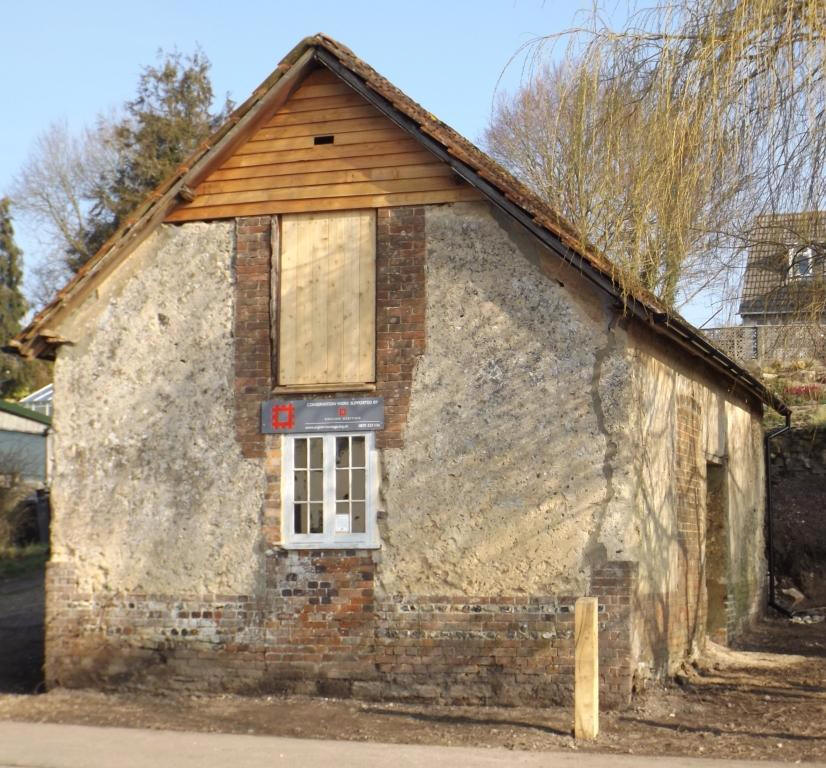A PLACE TO SIT

The Tolpuddle Martyrs were six agricultural workers earning nine shillings a week. In 1834 when their wages were cut to six shillings they complained, asking for them to be reinstated and their working conditions improved. For this "dreadful crime" they were all prosecuted and transported to Australia for unlawful assembly, breach of the peace, spreading sedition and who knows what else! It seems a very drastic punishment; after all we are not talking about the Peasants’ Revolt here and direct threats to the government! However, it was believed that there was a hidden agenda here because these six men were members of a dangerous organization which had spread across the land and gained considerable influence within the working classes. The establishment was not at all comfortable about this and in some quarters parallels with what was going on over the Channel in France were seen. The organization was led originally by a rabble-rouser who went under the name of John Wesley. At least four and possibly five of the Tolpuddle Martyrs were Methodists and three were local preachers. There is a happy end to the story because this very unjust treatment caused a national outcry and after a petition signed by over 800,00 people they were pardoned after two years.
The original Methodist chapel, where the Martyrs worshipped, was a very humble barn, built in 1818 by George Loveless and Thomas Standfield, two of the martyrs, on land adjoining Stanfield’s cottage. It ceased to be a chapel in 1844 when the lease expired and was later used as a stable, before gradually falling into disrepair. Even in its heyday it was a humble edifice, probably constructed from any materials the pair could bring to hand; cob with a bit of brick and flint, sticks and branches and thatch for the roof. A new Methodist Chapel was opened in 1862 and is still used today, although not every Sunday for worship.
Andrew McCarthy, who lives a few houses away from the barn is the Chair of the Tolpuddle Old Chapel Trust which purchased it and with a Heritage Lottery Fund grant plan to restore it. It is a Grade II listed building in honour of its importance as part of the martyrs’ story. Tolpuddle has a village hall, a pub and the museum, so there is no need to duplicate any of these things, to quote Andrew. The old chapel will be restored as simply as possible, with the interior left empty apart from a bench to sit on and an old Methodist Bible on show. To further quote Andrew, "It will be a place where people can just sit down and be quiet for a bit and think about the history of the martyrs, what they believed in, their connection with the land and this building. Or they can just sit".
via Barbara Hothersall
With acknowledgments to Maev Kennedy - The Guardian (edited)
Further information and exhibits on the Tolpuddle Martyrs can be found at the excellent museum in the village and at the Methodist Chapel – see the Methodist Heritage website -